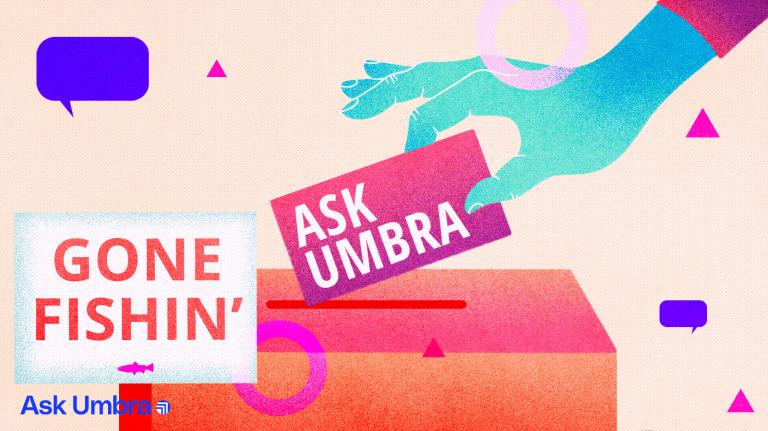Dear Umbra,
We recycle and compost as best we can, but we are still left every week with some trash. Up to this point we’ve dutifully hauled it to the local dump, which then trucks it away to some landfill. My husband has recently discovered that, since we live outside of city limits, we are able to burn our trash. Thus my question — between a landfill and burning, which is the lesser of two evils?
Lynn Titche
Bedford, Ind.
Dearest Lynn,
The landfill. Burning is fairly evil, and has the added disincentive of being illegal in many places. It probably seems enticing because landfills are run by suspected pollutocrats such as corporations and the government, whereas we upstanding citizens can do our own burning. There’s something about doing it yourself that makes it seem better for the environment. Sadly, this is yet another case (see: car wash) in which DIY is worse. While composting is a great DIY trash-disposal technique, burning is quite bad for air quality and the health of cute plants and animals, not to mention humans. Just like commercial car washes, I’m afraid commercial disposal companies are better equipped than we to mitigate the troubles with burning.

Friends don’t let friends burn trash.
Photo: iStockphoto
Unlike industrial arsonists, we homeowners are not capable of making a backyard pile, or a burn barrel, or a wood stove, for that matter, hot enough to burn cleanly with the simple technology available to us at home. Neither do we have smokestack scrubbers or secondary incinerators or the other bits that make commercial incinerators cleaner. Often we light fires and then go about our merry way, leaving them to smolder dirtily. In so doing, we release an exciting variety of natural and industrial chemicals that are harmful to our health and the natural environment.
Dioxin, for example, is released and created when household trash is burned, even if all PVC plastic is removed. The U.S. EPA claims backyard burning as the No. 1 quantified source of dioxin release. Remember, dioxins are persistent, bioaccumulative, toxic pollutants that move up the food chain, then mess up our cells and give us brain and reproductive problems. I suppose a positive way to look at backyard burning would be as our own bioaccumulation experiment. Will the dioxins that land nearby eventually be ingested by our children? Only time will tell.
The other toxics often produced in a typical burn barrel are that same old boring list of vile nastiness: furans, nitrous oxide, carbon monoxide, carcinogenic hydrocarbons, smog-forming volatile organic compounds, arsenic, chromium, particulate matter, and so forth. Your backyard pile may produce more harmful chemicals than an entire commercial incinerator, according to one study. The kicker is that all these compounds, produced in one’s very own backyard, are fantastically close to one’s body, because the smoke is at ground level. It turns out to be an easy one-two method of poisoning oneself and one’s entire neighborhood, causing lung problems and headaches for the whole family.
For these reasons and many more, the EPA and all its minions do not recommend burning your own trash. Given how dire burning appears to be, I think the EPA could work a little harder on burn-barrel education — some of this is news to me, and it sounds like it will be news to you. We’ll have to spread the word. By the way, don’t make your own home landfill either. Just continue to dispose of as little as you can, and go with the large commercial company that tries to minimize the trash problem you create. And continue on with the good work of reducing your garbage output from the start.
Furanly,
Umbra


